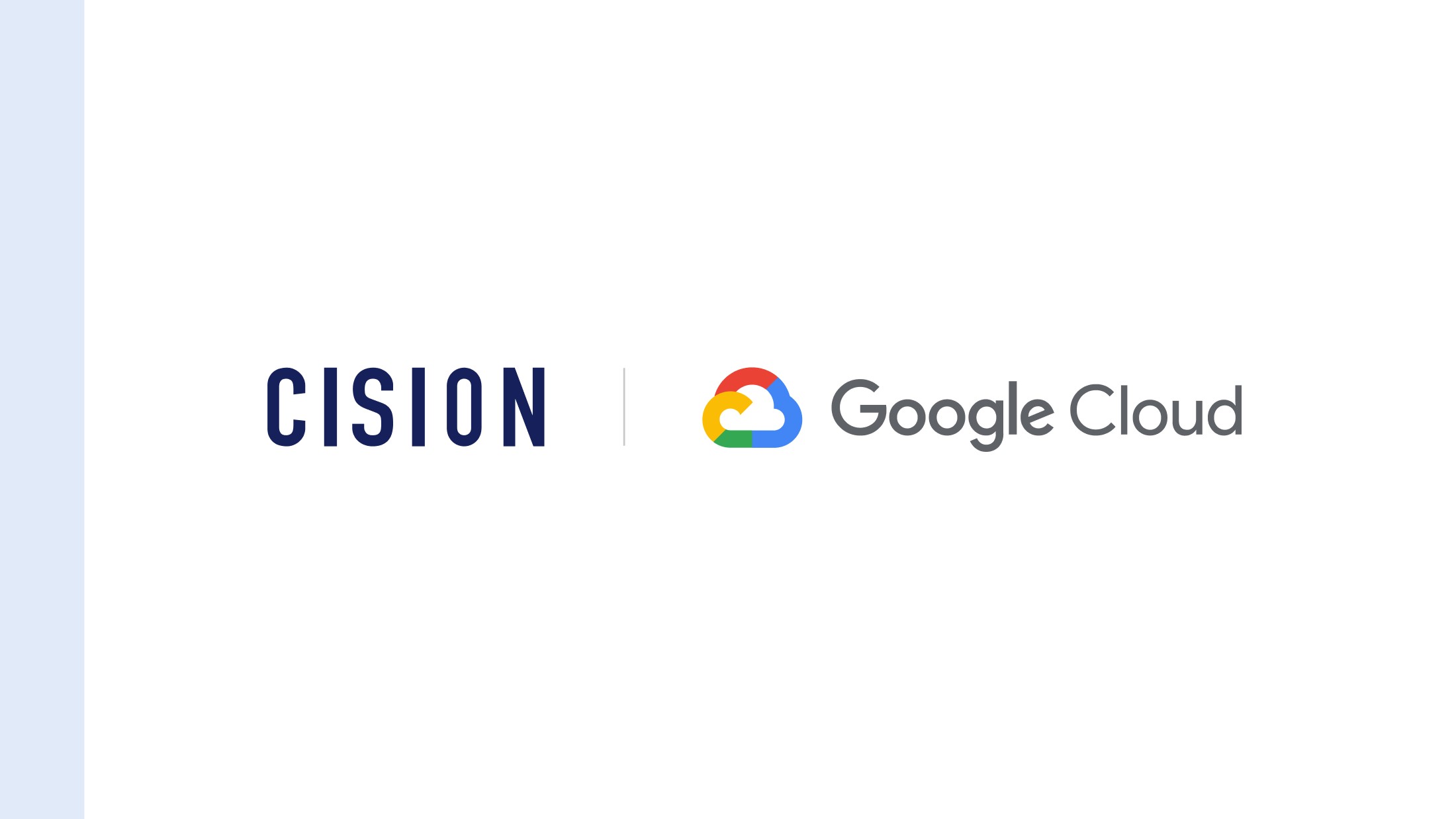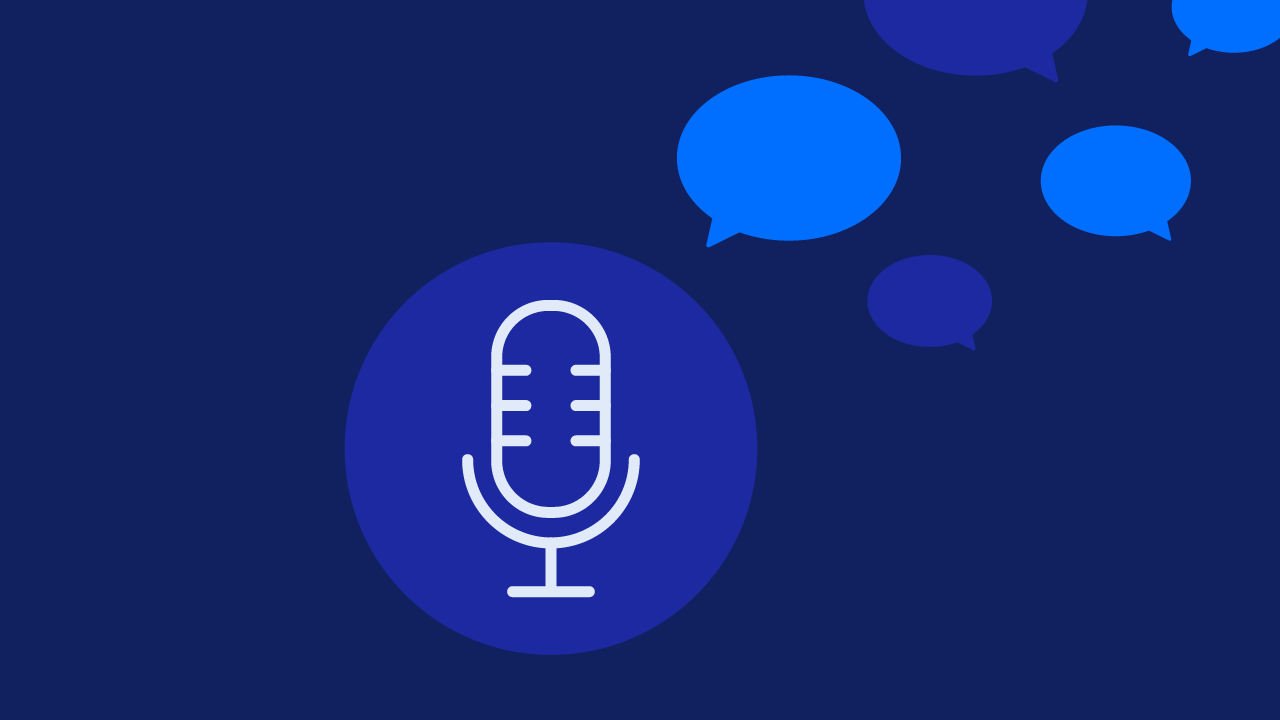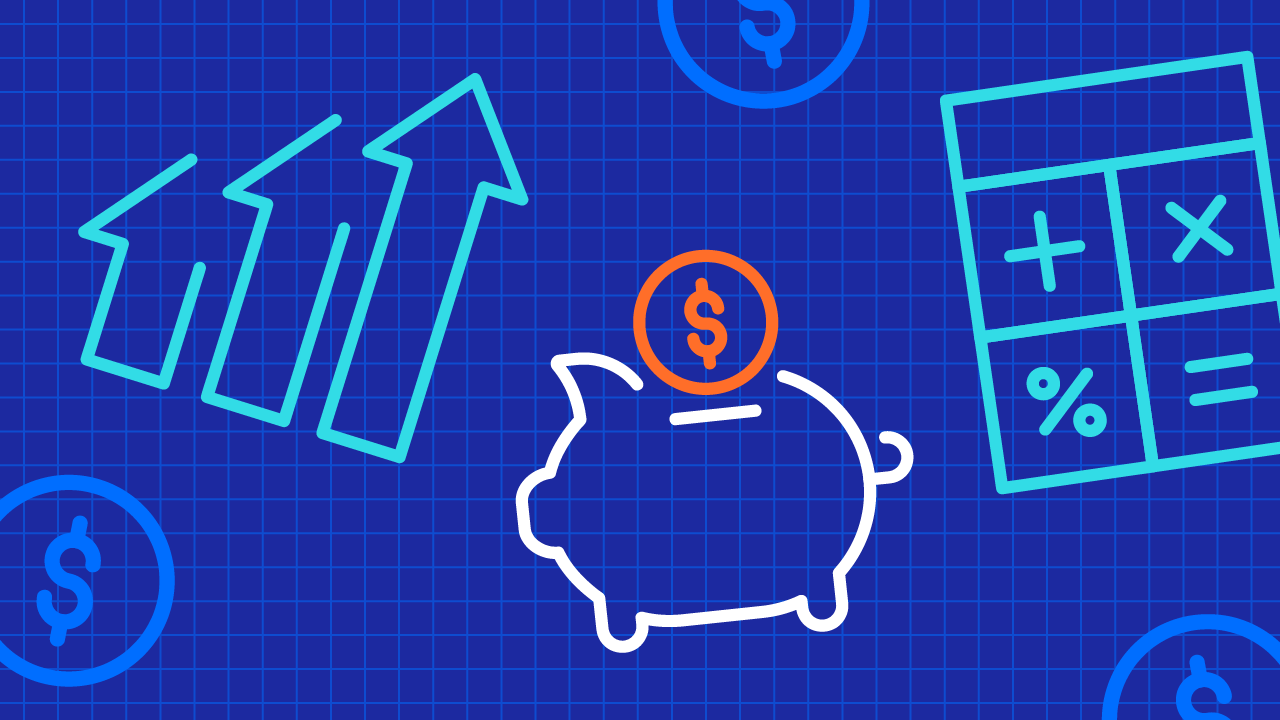In today’s golden age of e-commerce, public relations, marketing, and communications professionals have seized on the opportunity to collaborate with social media influencers to promote just about any product or service you can think of.
But what exactly is a social media influencer?
Someone—anyone—whose relationship with their online audience has given them sway over the purchasing decisions of others.
Which is no small feat.
Becoming an expert on a niche topic, building and regularly engaging with a loyal audience, establishing authority and trust—it all takes time. And it’s part of what makes influencers so valuable to PR, marketing, and communications professionals.
What is Influencer Marketing?
Collaboration between a brand and a social media influencer to market a product or service.
Which is not the same thing as finding someone with legions of followers and paying them to say nice things about you or your brand.
Rather, it’s more about finding someone who’s taken the time to build their own brand and organically cultivate their own audience—someone whose opinion is respected and trusted.
For best practices on working with influencers, check out our tip sheet, Do's and Don'ts for Influencer Marketing.
Does Partnering With a Trusted Social Media Influencer Work?
Consider the following findings from the Influencer Marketing Hub:
- Businesses are making $5.20 for every $1 spent on influencer marketing
- Influencer marketing grew to $16.4 billion in 2022
- 1,360 influencer marketing focused platforms and agencies entered the market in the last five years
Of course, not all influencers are created equal—and the size of an influencer’s audience can help you determine whether or not influencer marketing benefits your overall marketing communications strategy.
5 Types of Influencers and the Benefits of Working With Each
1. Nano-influencers
With 10,000 followers or less, nano-influencers are essentially the opposite of viral celebrities.
In fact, they may not be considered professional influencers at all, but rather everyday social media users who tend to post photos of family, friends and cats (like the rest of us).
So why work with them?
Because while they may have relatively small audiences, they’re known for generating authentic content that inspires higher engagement levels than many of their more popular influencer peers.
Consider a recent Partipost survey that found nano-influencers had the highest impact on consumer buying decisions at 46%—compared to celebrities at 20.6%, macro-influencers at 17.7% and micro-influencers at 15.7%.
Which is a strong case for quality over quantity.
Among the reason successful communications professionals choose to partner with macro-influencers:
- Authenticity Typically, the opinions of our close friends and family are the ones we trust the most. That kind of authenticity is exactly what nano-influencers can offer.
- Engagement: With trust and authenticity comes engagement. Massive audiences with low engagement rates are not much use to the savvy marketing or communications professional.
- Cost-efficiency: While some nano-influencers may post in exchange for free products, others may charge anywhere from $10 to $100 a post—enabling you to stretch marketing dollars much, much further.
- Speed: Nano-influencers can produce high-quality, user-generated content quickly and inexpensively—which comes in especially handy if you don’t have the budget for a full-blown creative team.
Nano-influencers deliver an impressive formula for marketing and PR success at an attractive price-point. And major brands have taken notice.
For example, Laur DeMartino—a college student with 6,000 Instagram followers, 4,260 YouTube subscribers and a whopping 38% engagement rate—has attracted big-name brands like Lululemon and the Bumble Honey dating app.
Her sponsored content provides direct, intimate and authentic inroads to the right audiences across all the right platforms for those particular brands.
2. Micro-influencers
Similarly, micro-influencers enable PR, marketing, and communications professionals a way to reach a niche audience organically, though on a slightly larger scale.
With an average following of fewer than 50,000 people, they provide a little extra reach along with the same high engagement rates as their nano-influencer counterparts—creating an increasingly popular marketing sweet spot.
In fact, 77% of marketers rank micro-influencers first on their list of suitable influencers.
Here’s why:
- Dollars and cents: As marketing budgets continue to shrink, micro-influencers make it possible to create more for less, and enable you to make a greater impact with the money you spend.
- Simplicity: Working with top-tier celebrity influencers (think Kim Kardashian) isn’t always easy. On the other hand, smaller-scale influencers tend to be more collaborative, open to feedback and new ideas, and willing to give marketing and communications professionals greater control over their campaigns.
- Evolving relationships: As micro-influencers grow their online communities, they can serve as ambassadors who can effectively elevate your brand. Partnering with them before they reach their next plateau can be key to keeping costs down.
In the world of influencer marketing, micro-influencers offer a valuable and cost-effective tactic. And brands like Swedish watchmakers Daniel Wellington have used it to astonishing effect.
Collaborating with bloggers with small but dedicated followings helped the company grow its revenue from $15,000 to a remarkable $200 million.
3. Mid-tier influencers
With more substantial followings (50,000-500,000 people) and more substantial sponsorships, mid-tier influencers offer greater reach than nano- and micro-influencers—and greater accessibility than macro- and mega-influencers.
It’s this balance of professionalism and approachability that’s made them a highly sought-after segment of the influencer community.
They’ve successfully and organically built—and expanded—their fanbases, giving them valuable experience that can save marketing and communications professionals time and money.
The perks:
- Online expertise: Mid-tier influencers are no strangers to the online scene. They know how to write engaging captions, they use hashtags correctly and efficiently, and they can deftly navigate online platform guidelines.
- Professional experience: Collaborations. Partnerships. Sponsored posts. Not only have mid-tier influencers gained quite a bit of professional experience, but they’ve started making a living out of it—and have begun to sign on to high-profile brand campaigns that can help them grow their portfolios and audiences.
- Authenticity: While their followers may be growing in numbers, mid-tier influencers have already established an authentic, organic connection with a small community of people. This has enabled them to maintain high levels of trust and engagement.
Mid-tier influencers occupy a unique spot on the influencer marketing spectrum—one that’s proven to give major brands a major boost.
Take for example Huda Beauty, one of the most successful makeup brands in the world.
Setting the gold standard for mid-tier influencer activation, the company successfully partnered with influencers who had been previously mentioning their brand organically—and have been able to keep their brand top-of-mind among engaged audiences already predisposed to favor it.
4. Macro-influencers
Typically, once an influencer has grown their audience to 500,000-1,000,000 followers, their online presence has become a full-time job—and they can comfortably charge thousands of dollars for every sponsored post.
(Kylie Jenner has reportedly earned up to $1 million per post on Instagram.)
But if budgets allow, macro-influencers can connect marketers to much larger (and much more aspirational) audiences.
Why invest?
- Timing: Macro-influencers give marketers a rare opportunity to reach an incredibly large audience almost immediately—much faster than coordinating efforts with multiple smaller-scale influencers to maximize reach.
- Ease of use: Campaigns with macro-influencers are normally handled through management or PR agencies. This can make partnering with them much easier but can come with some loss of control.
- Media value: While macro-influencers may have lower engagement rates than nano- or micro-influencers, they deliver greater media value and give your brand significantly greater visibility.
As we move further from small, tightly knit communities into the internet celebrity sphere, the reach of influencer marketing grows significantly.
An example:
In 2020, Dunkin’ Donuts partnered with TikTok dancing sensation Charli D’Amelio, who helped drive a 57% increase in people downloading the Dunkin’ app—and drove hundreds of thousands of people to the cash register.
5. Mega-influencers
Last on the list (but definitely not least) are mega-influencers. Once you’re a mega-influencer with more than 1 million followers, you’re a bonafide celebrity in your field.
You’re an icon, a trendsetter and a taste-maker.
You can only be reached through a talent agent and have the luxury of charging hundreds of thousands of dollars for a single paid promotion.
Why partner with an Ariana Grande or LeBron James?
- Visibility: Getting the right endorsement from the right superstar is an automatic game-changer. It’s a single relationship that has the power to rapidly increase your brand’s popularity and dramatically drive sales.
- Credibility: Becoming a tastemaker’s brand of choice has a long list of obvious benefits. Whether you’re launching a brand, rebranding a product or trying to publicize a hashtag, mega-influencers have the sway to provide instant credibility.
- Long-term partnership: Mega-influencers have plenty of experience with brands—and can afford to be choosy. If you strike the right deal with the right one, you could have a partner for the long-term.
While it comes at quite a cost, the reach and influence of mega-influencers is unmatched.
Just ask McDonald’s.
Teaming up with Astroworld star Travis Scott to promote his favorite McDonald’s meal for a limited time, the fast-food heavyweight was able to connect with Scott’s 73 million Instagram followers and significantly amplify its brand through posts that reached an average of 10 million views.
What Now? Identifying the Right Influencer for Your Brand
As long as there’s an Internet, there’ll be influencer marketing.
And as long as there’s influencer marketing, PR, marketing and brand communications professionals will need to constantly weigh the risks and rewards of cost, engagement and exposure.
Go small? Go big? Go somewhere in between?
It’s an important choice. And finding the right influencers—ones who care about your brand and can amplify your message—is critical.
CisionOne Outreach makes it easier.
Our unique relationship management tool can help you identify the right influencers and media contacts, and get the intel you need to deliver an impactful, personalized pitch.
To learn how CisionOne can help you identify the right influeners to amplify your brand and reach target audiences, schedule a demo today.








